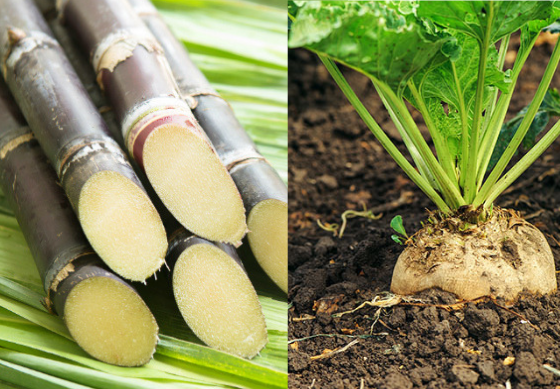The sourcing of beet sugar vs cane sugar affects farming impact in the sugar industry.
Recognizing the Nutritional Conveniences of Beetroot Sugar Vs Walking Cane Sugar for Health Conscious Consumers
When checking out the nutritional effects of beetroot sugar versus cane sugar, health-conscious customers discover that both ranges largely contain sucrose and offer comparable caloric values, each contributing around 16 calories per tsp. Despite this similarity, neither kind confers substantial health advantages, as they are without important nutrients. Exploring the more comprehensive impacts, consisting of ecological factors to consider and long-lasting health effects of sugar consumption, could brighten much more nuanced differences between these 2 sugars.
Nutritional Account and Caloric Worth of Beet Sugar and Cane Sugar
Although both beet sugar and walking stick sugar are mainly composed of sucrose, their nutritional accounts and calorie values are incredibly comparable. Each gives about 16 calories per teaspoon and is composed nearly entirely of carbohydrates, with very little amounts of protein or fat. These sugars likewise do not have significant quantities of vitamins or minerals. The refinement procedure remove most of the integral nutrients, making both kinds almost identical in regards to nourishment. There are trace differences in the impurities that stay after handling, which can slightly influence the taste and shade of the sugars, however these are negligible in regards to health and wellness impact. For consumers focusing on nutritional effect, the selection between beet and walking stick sugar is much more regarding individual preference or prospective ecological worries as opposed to dietary distinctions. Both ought to be consumed in moderation within a balanced diet plan as a result of their high calorie content and lack of vital nutrients (beet sugar vs cane sugar).
Environmental Impact and Sustainability of Sugar Production
While the dietary differences between beet sugar and walking cane sugar are marginal, their production processes offer even more significant disparities, specifically in regards to environmental impact and sustainability. Walking stick sugar production frequently entails substantial land usage and logging, which contributes to habitat destruction and biodiversity loss. This farming is additionally related to high water consumption and water pollution because of the runoff of pesticides and fertilizers. In comparison, beet sugar manufacturing commonly calls for less land and can be grown in more warm climates, which may minimize the requirement for watering and the affiliated water anchor source deficiency.
Nevertheless, beet cultivation is not without its ecological difficulties; it entails substantial power inputs, particularly in the northern climates where it is expanded, because of the need for longer home heating durations in sugar processing. Both sugar beet and sugar walking stick sectors are exploring more sustainable techniques, consisting of crop rotation, natural farming, and enhanced waste monitoring strategies to mitigate these effects.
Health And Wellness Results and Recommendations for Sugar Usage
In spite of their marginal dietary differences, both beetroot sugar and walking stick sugar can have damaging wellness effects when consumed in unwanted. High consumption of either kind of sugar contributes to a variety of wellness concerns, including excessive weight, type 2 diabetic issues, and heart problem. Both sugars are pure sucrose and offer no vital nutrients other than calories, bring about quick spikes in blood sugar degrees upon usage.


Verdict
